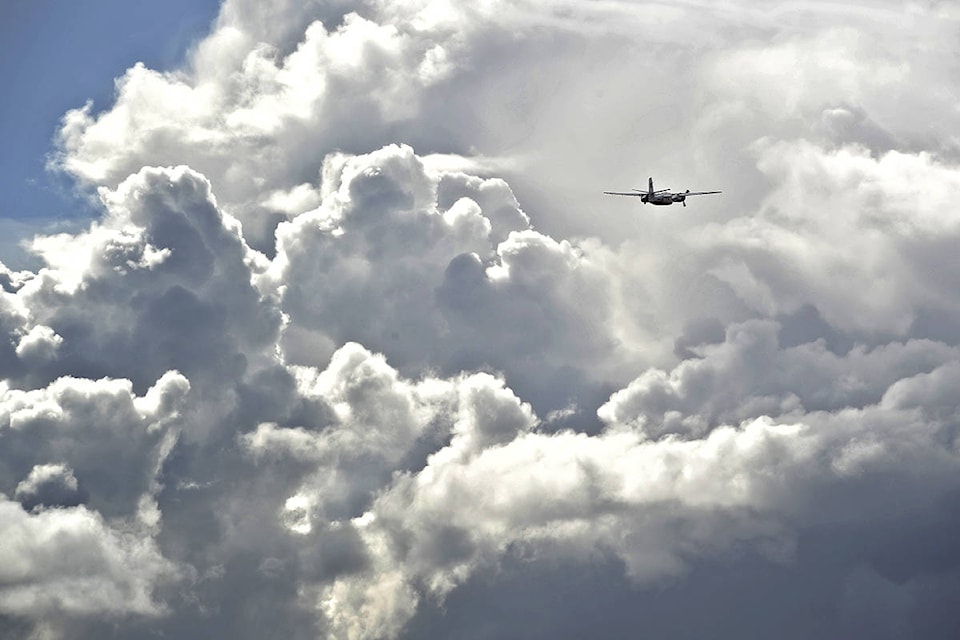Jamie-Lee McKenzie
A proposal to close or sell off five airstrips across the territory has Yukon pilots worried.
Airstrips at Minto, Pine Lake, Braeburn, Chapman and Twin Creeks see little use and have other airstrips nearby, reads the Yukon Aviation System Review. The recommendation is based mainly on the limited activity at the airstrips, the report states.
“This is aggressive and may not be popular but provides essential investments to the airports/aerodromes that require attention while removing the risk, liability and oversight to aerodromes or airstrips that are not a part of a real aviation system,” says the report.
Some members of the Yukon’s aviation industry are not happy about the proposal.
“I believe it’s the poorest handled systems review we could have ever encountered,” said Craig Unterschute, president and owner of Great River Air.
The report was conducted for the territorial government without the opinions of any airline operators or the Canadian Owners and Pilots Association, said George Balmer, secretary of COPA’s Yukon chapter.
The review was released as a 75-page draft, which includes recommendations for the future development of the Yukon aviation system. Engineering firm Stantec prepared the review for the aviation branch of the Department of Highway and Public Works.
“The aviation industry has evolved over time and we believe it’s time to look at the system to ensure that it’s still serving the needs of the public and all the system users,” said Brittanee Stewart, an HPW spokesperson. She said consultations aren’t finished yet and no final decision has been made.
The report also leaves open the possiblity of finding other owners for the airstrips.
“These smaller strips, while not mainstream infrastructure, are nonetheless important to the economic development of Yukon given that the use of these strips by light aircraft facilitates recreational flying and also, commercial fixed wing charter utilization for any number of services and reasons,” wrote Rick Nielsen, president of COPA’s Yukon chapter, in a letter to public works minister Richard Mostyn.
“This recommendation has many pilots worried about the potential cost that this could have on themselves and the safety of people in the territory.”
“How anybody can recommend that airstrips should be closed and abandoned because of ‘negligible activity’ is beyond comprehension. Saying that there are alternative airstrips 15 or 50 miles away is not acceptable, all these insignificant strips form a vital part of the ‘Yukon’s Aviation Insurance Policy’ for times of aviation need, whether it be a forest fire or just a place for an emergency landing,” said Bernard Johnson, the director of Beron Placers Company.
Johnson said keeping these airstrips open is the same as paying insurance for his business: It’s extra protection he hopes he will never have to use. “The cost of maintaining basic flat clear areas for airplanes to use is no different,” he said.
The review also considered whether all Yukon government airports and aerodromes need to be managed by the government.
Contact Jamie-Lee McKenzie at jamielee.mckenzie@yukon-news.com
